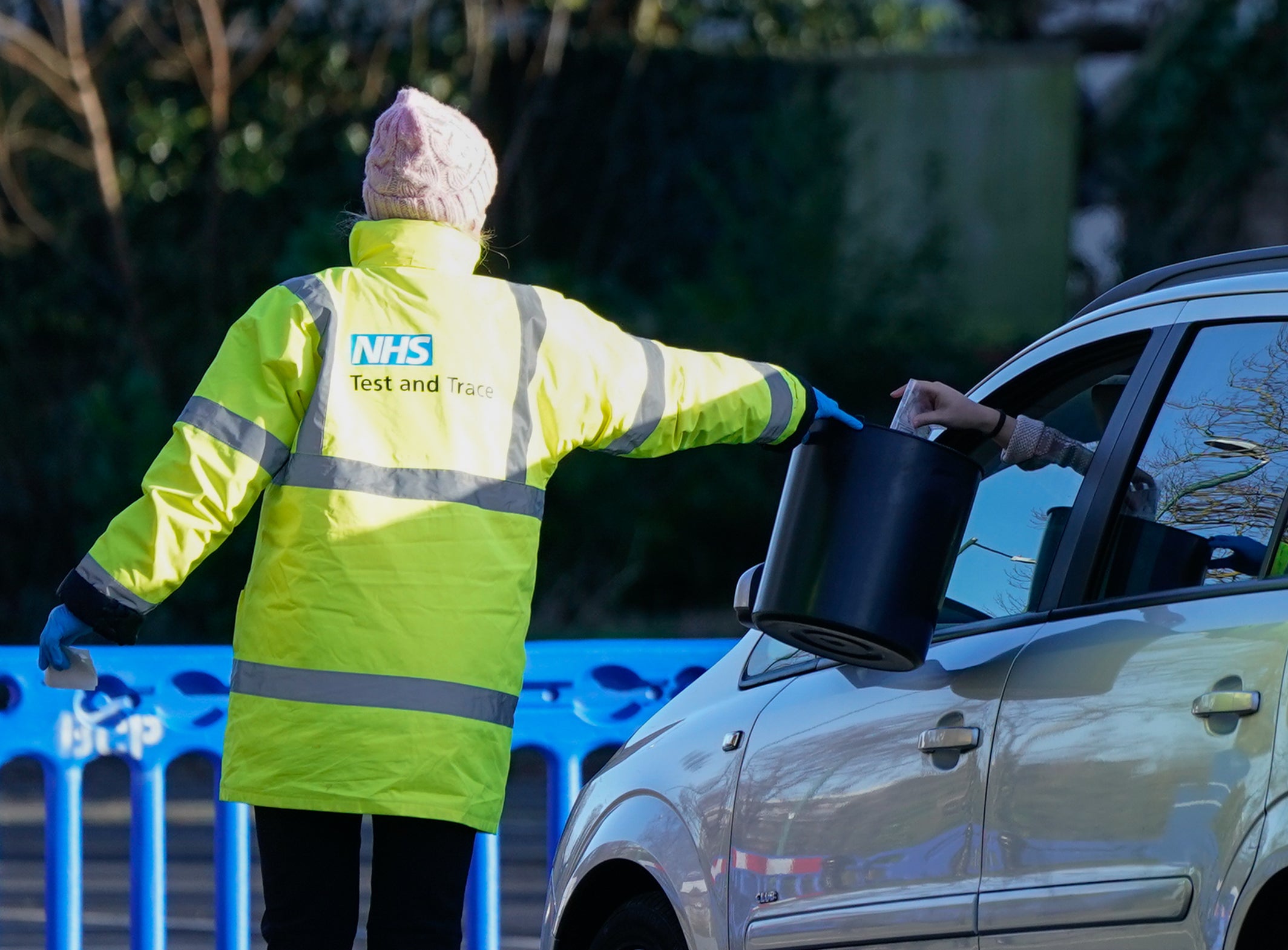Daily reported cases of Covid-19 now include possible reinfections
Reinfections currently represent around 10% of infection episodes per day.

Your support helps us to tell the story
From reproductive rights to climate change to Big Tech, The Independent is on the ground when the story is developing. Whether it's investigating the financials of Elon Musk's pro-Trump PAC or producing our latest documentary, 'The A Word', which shines a light on the American women fighting for reproductive rights, we know how important it is to parse out the facts from the messaging.
At such a critical moment in US history, we need reporters on the ground. Your donation allows us to keep sending journalists to speak to both sides of the story.
The Independent is trusted by Americans across the entire political spectrum. And unlike many other quality news outlets, we choose not to lock Americans out of our reporting and analysis with paywalls. We believe quality journalism should be available to everyone, paid for by those who can afford it.
Your support makes all the difference.Covid-19 reinfections have been included in the Government’s daily coronavirus figures for the first time.
The number of cases reported in the UK now includes possible reinfections in England and Northern Ireland with data for Scotland and Wales to be added in the near future.
A reinfection is defined as someone who tests positive for Covid-19 more than 90 days after a previous positive result.
Any positive tests within 90 days of a previous one are counted as part of the same “infection episode”.
Until now, the daily figures for cases included only people who had reported themselves as testing positive for the virus for the first time.
The change has been applied to previous data on the dashboard showing the number of cases by specimen date – when a person tested positive – but not historic data for cases reported each day.
The cumulative number of UK cases since the pandemic began has been adjusted to incorporate all possible reinfections, however.
It has jumped from 16.5 million as of January 30 to 17.3 million as of January 31.
Of the 14.8 million infection episodes in England since the start of the pandemic, some 588,114 (4.0%) are likely reinfections.
Reinfection rates in England averaged around 1.4% of cases up to November 16 2021, after which there was a spike in infection episodes following the arrival of the Omicron variant of the virus.
Reinfections currently represent around 10% of episodes per day – for example, of the 108,882 cases in England with a specimen date of January 24, 11,167 (10.3%) have been categorised as likely reinfections.
Estimates of reinfections have been available since last year in the weekly surveillance report from the UK Health Security Agency (HSA).
“As the pandemic continues and more variants emerge, it is more likely that people will be reinfected with Covid-19,” the HSA said.
“UK public health agencies are now updating surveillance data to count infection episodes, including reinfection episodes.
“It is right that our daily reporting processes reflect how the virus has changed.”
While the number of cases announced each day will now be slightly higher than previously, it will still be under-reporting the actual number of people getting infected with the virus.
This is because the dashboard data is based only on people who have reported themselves as testing positive for the virus – and is therefore affected by how many people are deciding to take a test, how many are choosing to report their results, and how many are taking a test because they know they have symptoms.
The most reliable estimate of the number of cases of coronavirus per day across the country is published as part of the weekly infection survey by the Office for National Statistics (ONS).
For example, an average of 154,500 cases by specimen date were recorded each day in England from January 2 to 8 according to the Government dashboard, including possible reinfections.
But the true number was likely to be nearer 311,500 a day, according to the ONS.
Their estimates are based on analysis of nose and throat swabs taken from a representative sample of more than 150,000 people in private households.
The same people are sampled every week, regardless of whether they know they have Covid-19 or have reported a positive result.
Subscribe to Independent Premium to bookmark this article
Want to bookmark your favourite articles and stories to read or reference later? Start your Independent Premium subscription today.